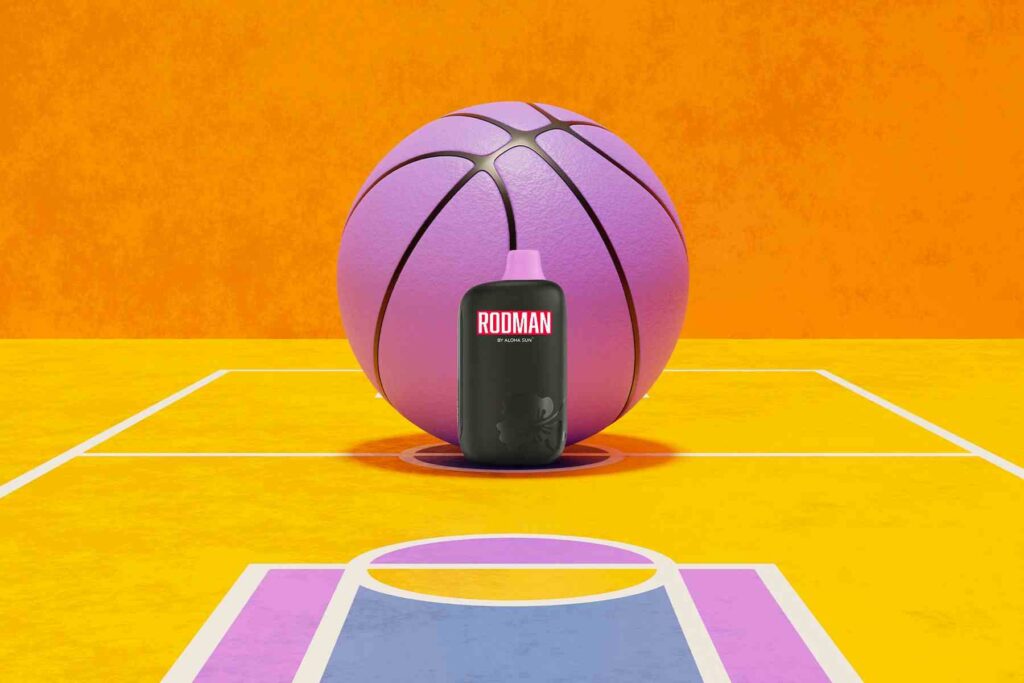The Truth About Vape Cloud Production Variables

The vaping industry has rapidly evolved, attracting both enthusiasts and casual users. One of the most fascinating aspects of vaping is the production of vapor clouds, an area that has garnered significant attention. In this article, we will explore the variables that affect vape cloud production, shedding light on the science and art behind creating impressive vapor clouds.
Understanding the Basics of Vape Cloud Production
Vape cloud production depends on a variety of key factors. Understanding these variables is essential for vapers who want to enhance their experience. The major components include device type, e-liquid composition, and technique.
Device Type: The Foundation of Cloud Production
The type of vaping device plays a crucial role in the amount of vapor produced. There are essentially two main categories: sub-ohm devices and mouth-to-lung (MTL) devices. Sub-ohm devices produce significantly more vapor due to their lower resistance coils. This lower resistance allows for higher wattage, leading to greater vaporization of e-liquid. In contrast, MTL devices typically utilize higher resistance coils which produce denser, but less abundant clouds. Understanding your vaping device is vital to achieving your desired cloud output.
E-liquid Composition: Ingredients Matter
The formulation of e-liquids is another critical factor influencing vapor production. E-liquids consist of a base, flavorings, and nicotine. The base is typically composed of either propylene glycol (PG) or vegetable glycerin (VG). VG is known for its thicker consistency, which allows for larger vapor clouds. Increasing the VG ratio compared to PG can significantly enhance cloud production, as VG has a lesser throat hit, allowing users to inhale more vapor.
Technique: The Human Element
The way in which a vaper inhales also impacts cloud production. A slow, steady draw generally results in larger clouds compared to a quick puff. Additionally, techniques like hookah-style inhalation can help trap more vapor, leading to denser cloud formation. Practicing proper inhalation techniques can greatly improve the user experience.
Comparative Analysis of Variable Effects
To illustrate the impact of these variables, we’ve compiled a comparison table summarizing the effects of device type, e-liquid composition, and inhalation technique on vapor production:
| Variable | Low Production | Medium Production | High Production |
|---|---|---|---|
| Device Type | MTL Devices | Standard Sub-ohm | High Wattage Sub-ohm |
| E-liquid Composition | Higher PG | 50/50 Blend | Higher VG |
| Inhalation Technique | Quick Puff | Steady Draw | Hookah-style |
What Types of Devices Are Best for Cloud Chasers?
Sub-ohm devices dominate the cloud-chasing market due to their ability to produce larger vapor volumes. However, aspiring vapers should consider their personal preferences and experience when choosing a device. More advanced models may be intimidating for beginners but offer greater control over vapor production.
How Does E-liquid Ratio Affect the Experience?
The ratio of PG to VG in an e-liquid can alter not just the vapor production but also the flavor and throat hit. A higher VG content enhances vapor density, but some users may prefer a balanced e-liquid for a more rounded smoking experience. This customizable nature of e-liquids allows vapers to fine-tune their performance according to personal preferences.
Can Technique Improve Vapor Production?
Absolutely! The inhalation technique plays a vital role in maximizing vapor output. A deliberate, slow inhale can create a smoother airflow, enhancing vapor production. Vapers can experiment with different techniques to find what works best for them, improving their cloud-chasing skills over time.





